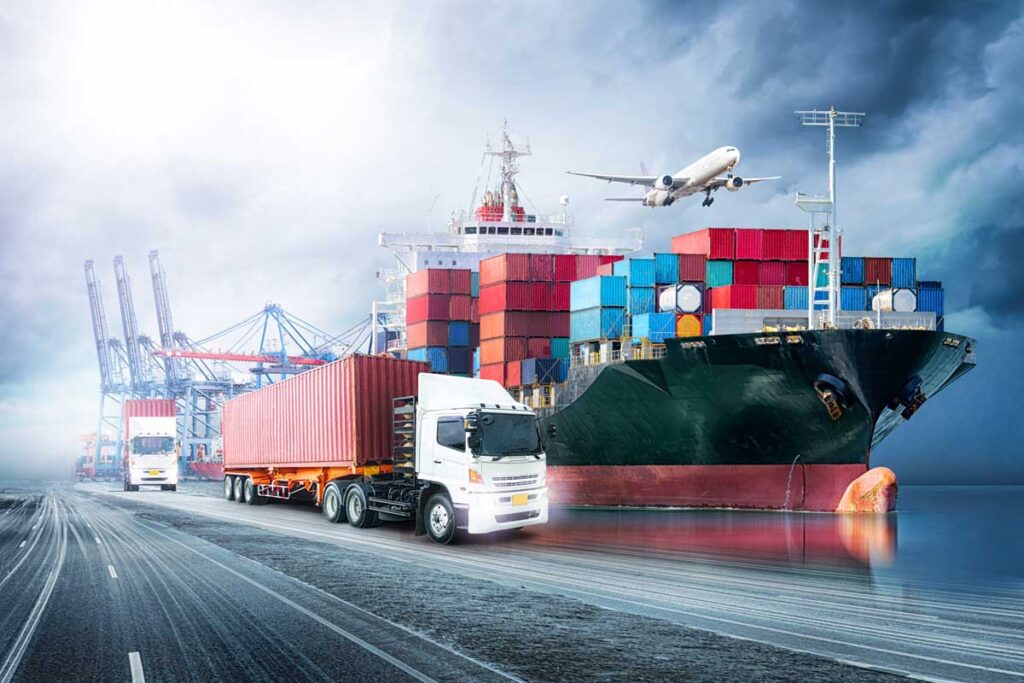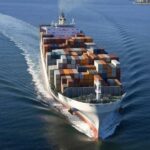- By Della tj
- September 22, 2025
- Sea Freight, Shipping
The China sea freight increase has reshaped global trade, influencing shipping costs, delivery schedules, and overall supply chain performance. Importers and exporters are confronting higher container rates, congested ports, and volatile fuel surcharges. Understanding the reasons behind these increases and learning how to adapt can help businesses manage risks and remain competitive.

1. What Is Driving the China Sea Freight Increase?
Several factors contribute to rising ocean freight rates:
- Supply-demand imbalances: Container shortages drive price surges.
- Fuel surcharges: Global oil price fluctuations increase carrier costs.
- Port congestion: Delays in China and destination countries add expenses.
- Geopolitical uncertainty: Trade tensions alter shipping patterns.
- Seasonal demand: Chinese New Year and holiday seasons push prices upward.
Therefore, the sea freight increase is not caused by a single issue but by overlapping disruptions.
2. How Much Have China Sea Freight Costs Increased?
Container Shipping Costs from China
| Route (POL → POD) | Avg. 20GP Rate | Avg. 40HQ Rate | Increase vs. Last Year |
|---|---|---|---|
| Shanghai → Los Angeles | $2,900 | $5,400 | +18% |
| Ningbo → Hamburg | $2,600 | $4,800 | +15% |
| Shenzhen → Dubai | $2,400 | $4,200 | +12% |
| Qingdao → Sydney | $2,700 | $4,700 | +16% |
Accordingly, shipping budgets for importers have risen by 12–20%, impacting profit margins globally.

3. Why Does Sea Freight from China Fluctuate Seasonally?
Shipping demand peaks before major global shopping events and holidays. For example, retailers increase imports ahead of Black Friday, Christmas, and Lunar New Year. As a result, vessel space becomes limited, leading to higher rates.
Additionally, agricultural exports during harvest seasons increase container demand in specific regions, adding pressure to freight pricing.
Ready to streamline your shipping? Contact us today for a fast, Partner with TopChinaFreight to receive a tailored logistics solution that matches your shipping needs.
4. How Does the Increase Affect Supply Chains?
The China sea freight increase impacts:
- Inventory management: Companies must hold larger safety stocks.
- Lead times: Longer delivery windows due to delays and congestion.
- Total landed cost: Higher freight rates raise final product pricing.
- Customer satisfaction: Delays can damage brand reputation.
Consequently, businesses are diversifying sourcing strategies to reduce risk exposure.
5. Real-World Shipping Cases
Case 1: Electronics from Shenzhen to Los Angeles
- Cargo: 40HQ container of smartphones
- Mode: Sea freight FCL
- Cost: $5,500 (up from $4,600 last year)
- Transit Time: 19 days
- Outcome: Retailer adjusted pricing to offset higher freight charges.
Case 2: Apparel from Ningbo to Hamburg
- Cargo: 2 × 20GP containers of fashion clothing
- Mode: Sea freight LCL consolidation
- Cost: $5,200
- Transit Time: 30 days
- Outcome: Brand experienced reduced margins but maintained delivery schedule.
6. How Does Sea Freight Compare with Other Modes?
Shipping Mode Comparison
| Mode | Avg. Cost | Transit Time | Pros | Cons |
|---|---|---|---|---|
| Sea Freight | $2,500–$5,500 per container | 18–35 days | Economical for bulk, high capacity | Slow, congestion risks |
| Air Freight | $5–$8 per kg | 3–7 days | Fast, reliable schedules | Expensive for large cargo |
| Rail Freight | $4,000–$6,000 per container | 15–20 days | Faster than sea, eco-friendlier option | Limited routes, higher cost |
Although sea freight is slower, it remains the most economical method for bulk shipments.



7. What Are the Pros and Cons of Sea Freight Despite Increases?
Overview
| Pros | Cons |
|---|---|
| Cost-effective for large volumes | Prices fluctuate due to global factors |
| High container capacity | Slower than air freight |
| Global trade coverage | Port delays are common |
| Lower carbon footprint than air | Rising surcharges increase total costs |
Thus, even with rising rates, sea freight is indispensable for global commerce.
8. How to Manage Rising Sea Freight Costs
Importers can adopt several strategies:
- Book early to secure space before peak demand.
- Use freight forwarders with negotiated contracts.
- Consolidate shipments to lower unit costs.
- Diversify ports to avoid congestion hotspots.
- Adopt multimodal transport for flexibility.
Accordingly, effective logistics planning minimizes the financial impact of cost surges.
9. How Does Customs Add to the Cost of Sea Freight?
Customs Documents Checklist
| Document | Purpose |
|---|---|
| Bill of Lading (B/L) | Proof of cargo ownership and shipment |
| Commercial Invoice | Declares product value for customs |
| Packing List | Itemized cargo details |
| Import Entry Form | Required by customs authorities |
| HS Code Declaration | Determines tariffs and duty rates |
| Certificate of Origin | Provides eligibility for trade agreements |
Customs duties, VAT, and inspection fees must be added to freight costs for accurate budgeting.
10. What Are the Long-Term Effects of Freight Increases?
If sea freight prices remain high, businesses may:
- Shift production to alternative markets.
- Invest in nearshoring or regional supply chains.
- Explore digital freight platforms for transparency.
- Pass on costs to consumers through higher prices.
To summarize, resilience requires adapting supply chain models to withstand cost volatility.
11.Conclusion
In conclusion, the China sea freight increase has become a defining factor in modern supply chains. Rising container costs, port congestion, and fuel surcharges strain global trade, but careful planning and diversified logistics strategies can reduce financial pressure. By consolidating shipments, booking early, and working with experienced freight forwarders, businesses can maintain resilience. Ultimately, understanding and adapting to sea freight increases is essential for sustaining profitability in international trade.
Request a Quote
Need a tailored solution for your shipping from China?
Let TJ China Freight Forwarder assist you with reliable, cost-effective service.
FAQ:
Q1.Why are China sea freight costs increasing globally?
Sea freight rates are rising due to container shortages, port congestion, high fuel prices, and fluctuating global demand cycles.
Q2.How can importers reduce costs despite the China sea freight increase?
Importers can consolidate shipments, book early, diversify ports, and work with freight forwarders for discounted rates.
Q3.What impact does the sea freight increase have on retail pricing?
Higher container rates increase landed costs, forcing retailers to raise product prices or reduce profit margins.
Q4.Does the China sea freight increase affect transit times?
Yes, port congestion and limited vessel space often extend transit times, delaying cargo deliveries.
Q5.How does customs clearance add to sea freight expenses?
Customs duties, VAT, and inspection fees are added to base freight charges, raising the total landed cost.

